Working with Reports
To create a new report:
| 1. | Use the Batch→Batch Processing→Batch Actions command. |
| 2. | Select the report type from the Add Report section of the Batch Actions window. A properties dialog for that report type will appear. Once the properties are set, the report will be added to the list of Batch Process Actions. |
There are seven different types of reports:
| • | Word |
| • | Text |
All tokens contained in this report will be written to a Microsoft Excel file. Pictures cannot be added to this report. Each token will be reported in its own column. The values for each iteration are written in the same column, but in new rows. An example of the output of an Excel (Column Mode) report is shown in Figure 20.19.
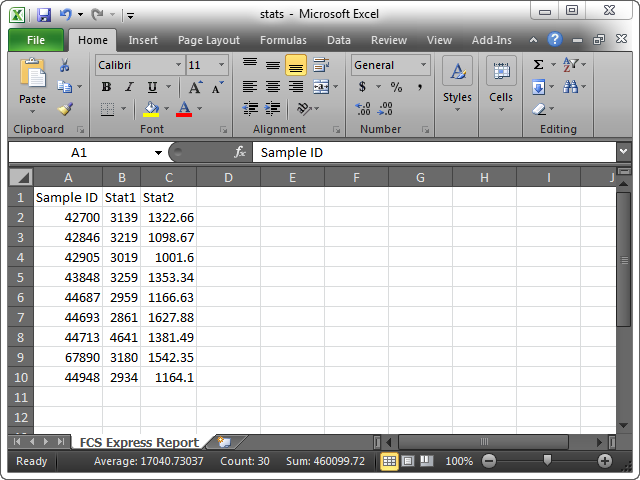
Figure 20.19 Excel (Column Mode) Sample Report
The File Options page of the Excel (Column Mode) Options dialog (Figure 20.20) has two sections:
| o | Append Options |
With the radio buttons, you can choose to Start with an empty file or Combine the output with the data in an existing file. If you combine data from an existing file, FCS Express will join the Batch Processing output with the data that exists in the Excel file (.xls) entered in the text box. The final output (new iterations plus existing data) will be written to another worksheet.
| o | Output file options |
When combining data with an existing file, the destination file can be a new file (.xls) or the existing Excel worksheet.
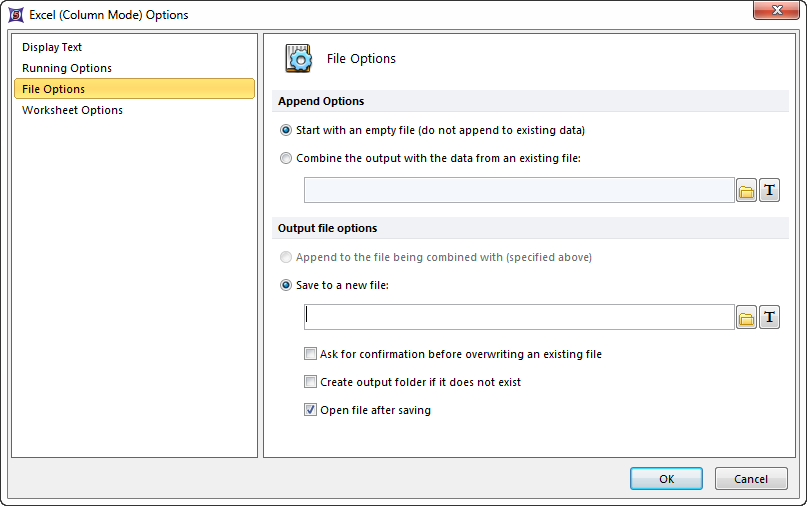
Figure 20.20 Excel (Column Mode) File Options
The Worksheet Options (Figure 20.21) page of the Excel (Column Mode) Options dialog allows you to assign the name of the worksheet (optionally using a token). You can use either a new worksheet or an existing worksheet. If you use an existing worksheet, you can designate Row Options and Column Options (e.g., start at the first available row or column or start at a particular row or column).
The Row/Column Arrangement radio button controls whether iterations are exported as new columns or new rows within a document.
The Header Options allow FCS Express to automatically write the Field Label to the result Excel document. By default, this option is enabled.
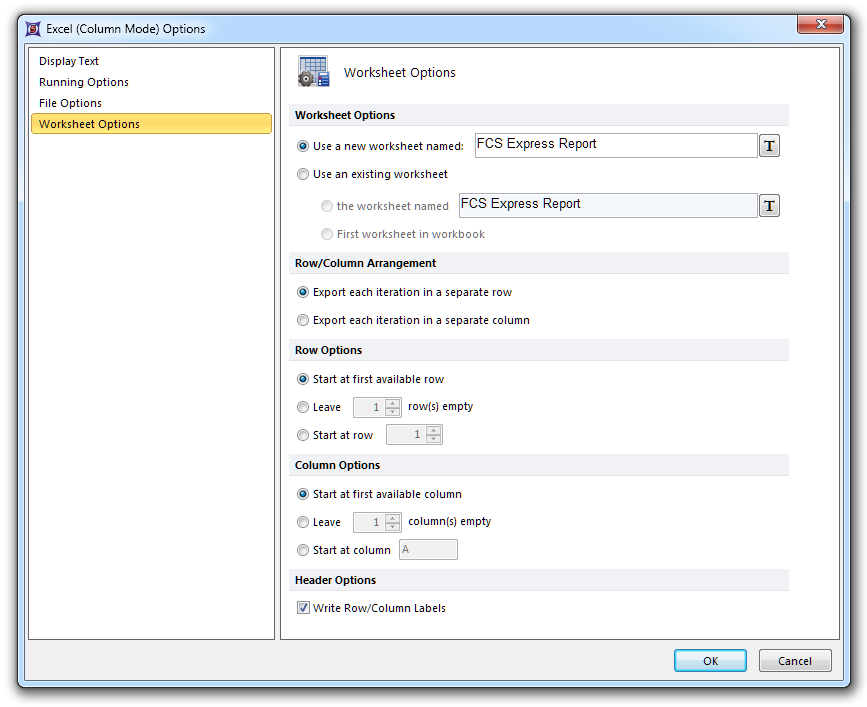
Figure 20.21 Worksheet Options
The Excel (Cell Mode) report allows you to merge you data with a preexisting spreadsheet. You select a Template Document (spreadsheet) containing headings, fonts, and colors, and then specify the exact cell destination for each output item, including pictures. An example is shown in Figure 20.22.
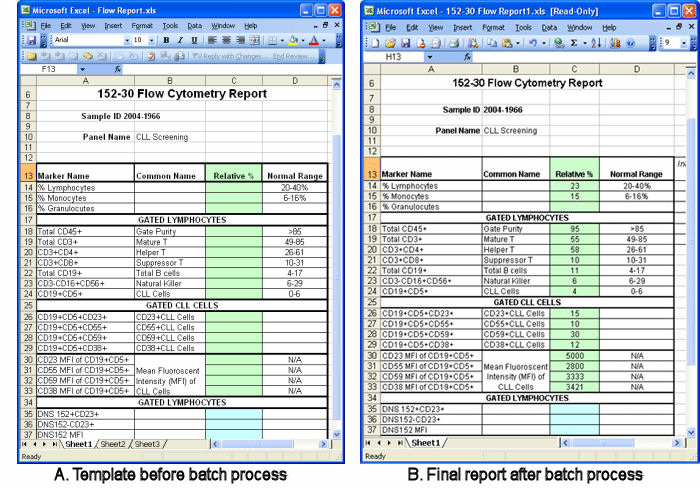
Figure 20.22 An Example Excel (Cell Mode) Report
The File Options page of the Excel (Cell Mode) Options dialog (Figure 20.23) has four sections:
| o | Template Document |
Enter the filename (and path) to your preformatted Excel workbook. The first worksheet in the workbook will be used as the template.
| o | Iteration options |
Output each Batch iteration to a separate file (the default), or combine the output from all Batch iterations to a single file. In the latter case, each iteration is written to a separate worksheet within a single Excel workbook.
| o | The Append Options and Output file options are identical to those for the Column Mode described above. |

Figure 20.23 Excel (Cell Mode) File Options
With this report type you can create Word files resembling Figure 20.24. A Word Template Document contains all the headings and text formatting. When combined with the output of the values from Batch Processing, you can create professional quality reports. All tokens contained in a Word Report, including pictures, will be written to a Microsoft Word file during each iteration using the mail merge features of Word. Once each token has been configured with a Field Name, the token value will be merged with the Word Merge Field. Details on setting up the Word report with mail merge fields are described under Creating Templates for Reports.
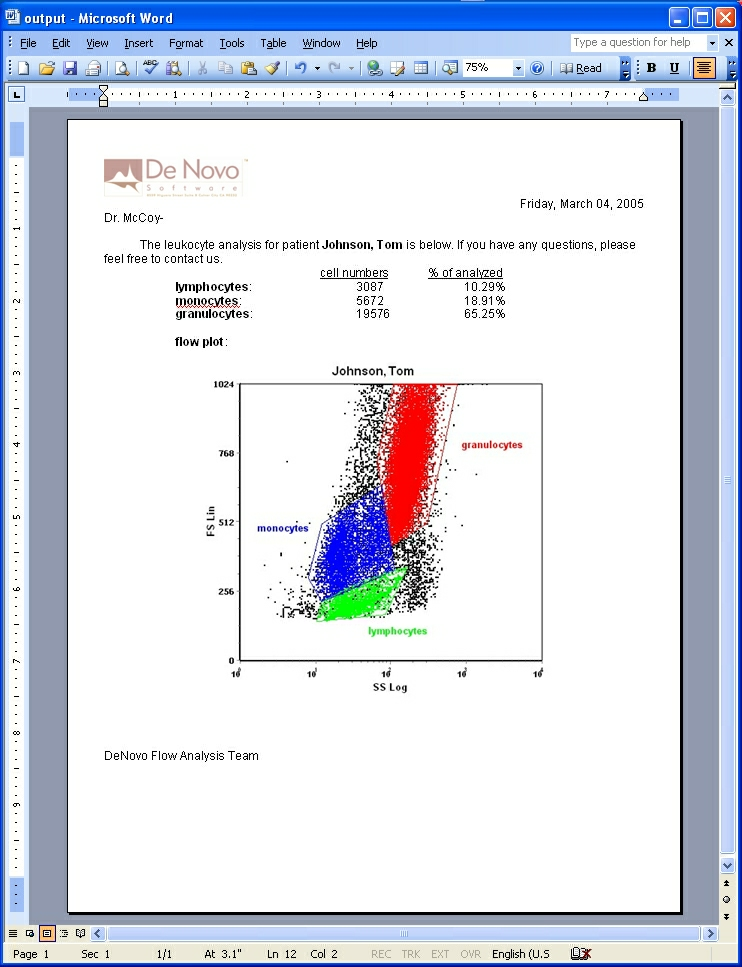
Figure 20.24 Example Word Report
The File Options page of the Word Report Options dialog has four sections similar to those described for Excel (Cell Mode) reports:
| o | Template Document |
Enter the filename (and path) to your preformatted Word document.
| o | Iteration options |
Output each Batch iteration to a separate file (the default), or combine the output from all Batch iterations to a single file.
| o | The Append Options and Output file options are identical to those for the Column Mode described above. |
In addition to exporting your layout directly as a standard PDF file, FCS Express can merge your statistics with PDF Form files. PDF forms are special PDF files that allow you to enter information in specific fields. FCS Express will export all tokens contained in the report to the specific fields in the PDF file. Once each token has been configured with a Field Name, the token values will be placed into the report fields designated in a preformatted PDF file.
The File Options page of the Export to PDF Options dialog has four sections similar to those described for Excel (Cell Mode) reports:
| o | Template Document |
Enter the filename (and path) of the preformatted PDF template document.
| o | Iteration options |
Output each Batch iteration to a separate file (the default), or combine the output from all Batch iterations to a single file. In the latter case, each iteration is written to a new page in the PDF document.
| o | The Append Options and Output file options are identical to those for the Column Mode described above. |
All tokens in a Text Report will be written to a text file, in columns, separated by commas. The first row of the text file will contain the column header of each exported item. A new row of outputted values will be created for each iteration. Note: Pictures cannot be exported to this type of report.
The File Options page of the Text File Report Options dialog is similar to the Excel (Column Mode) format (described above) with two sections:
| o | Append Options |
With the radio buttons, you can choose to Start with an empty file or Combine the output with the data in an existing file. If you combine data from an existing file, FCS Express will join the Batch Processing output with the data that exists in the text (.txt) file entered in the text box. The final output (new iterations plus existing data) will be written to another text file.
| o | Output file options |
When combining data with an existing file, the destination file can be a new file (.txt) or the existing text file.
LabKey Server is free, open source software that supports automated quality control, centralized data management, and web-based data sharing. You may use the batch processing function of FCS Express to export your data to LabKey Server.
After registering with LabKey Server, downloading their free server, and preparing LabKey Server to receive your exported data, simply click on the Export to LabKey icon under "Add Report" from the Batch Actions window. The Export to LabKey Options dialog window appears (Figure 20.25). Select Web Service in the left pane of the window, and enter in your LabKey Server URL, Protocol ID (must be an integer), Name of the report, and, if desired, a Comment, into the fillable fields. Note that tokens may be entered into the Name and Comments fields. Enter in the Username and Password you used to register with LabKey Server, and click OK.
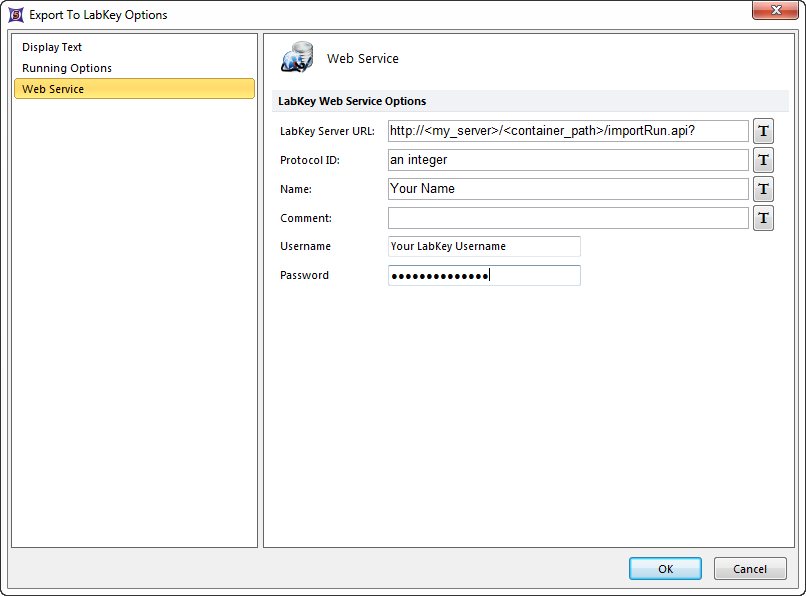
Figure 20.25 Export to LabKey Options
